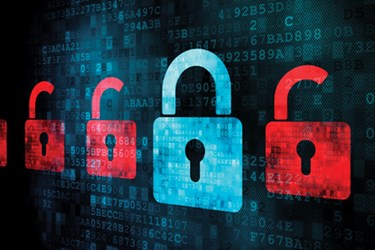Government IT News For VARs — February 5, 2014


In the news, the NTIA is meeting to develop policy on facial recognition technology, states could call on the National Guard for cybersecurity, and the NHTSA is drafting rules for V2V use.
NTIA Meets To Develop Policy on Facial Recognition Technology
The National Telecommunications and Information Administration (NTIA) is bringing leaders together Feb. 6 for a multistakeholder meeting on facial recognition technology. The agenda includes panel discussions on how the technology uses images to create biometric identifiers, how the technology is used in commercial products, and technical privacy safeguards used with the technology.
States Could Soon Call Upon National Guard For Cybersecurity
A Stateline article reports states are considering mobilizing the National Guard to protect against cyberattacks. The article states, “Guard units in every state have made great strides in protecting their own computer infrastructure, and governors say the Guard is well-equipped to meet broader state demands for cybersecurity.” Colorado Gov. John Hickenlooper, vice-chairman of the National Governors Association, said in his “State of the States” speech “The Guard should be mobilized to support federal and state efforts to protect networks and respond to incidents.” The National Defense Authorization Act signed into law late last year requires the Department of Defense to consider the Guard’s capabilities for the Pentagon’s cybersecurity and to consult with governors on states’ cybersecurity.
NHTSA Will Draft Rules For V2V Use
On Feb. 4, the National Highway Traffic Safety Administration (NHTSA) announced it will draft rules for implementation of vehicle-to-vehicle (V2V) communication technology for crash avoidance. An Information Week article reports V2V, along with V2I (vehicle-to-infrastructure) systems and GPS data, is intended to augment situational awareness. In the system, speed and position data is transmitted 10 times every second over a dedicated short-range communications (DSRC) network. NHTSA believes this data can identify risks and help drivers avoid collisions, and potential applications are dynamic speed harmonization and queue warning.
Government IT Talking Points
A CIO Review article on the consumerization of IT reports Gartner’s list of the related security impacts. On the list is a recommendation “that security leaders evaluate biometric authentication methods where higher-assurance authentication is required. Suitable authentication modes including interface interactivity, voice recognition, face topography and iris structure can be used in conjunction with passwords to provide a much higher level of security.”
A FedTech magazine gives some advice to agencies planning for converged infrastructure. Recommendations include clear paths with ample space and defined routes, virtualizing IP addresses, and clean implementation.
Cisco and the Mobile Work Exchange released the survey “The 2014 Mobilometer Tracker: Mobility, Security, and the Pressure In Between.” Of those responding to the survey, 41 percent of government employees are putting themselves and their agencies at risk; 31 percent use a public Wi-Fi connection and 25 percent do not use passwords on their mobile devices; and 6 percent of government employees who use a mobile device for work say they have lost or misplaced their phone. An article and infographics in FedTech magazine provides more results of the survey.
For more news and insights, visit BSMinfo’s Government IT Resource Center.
